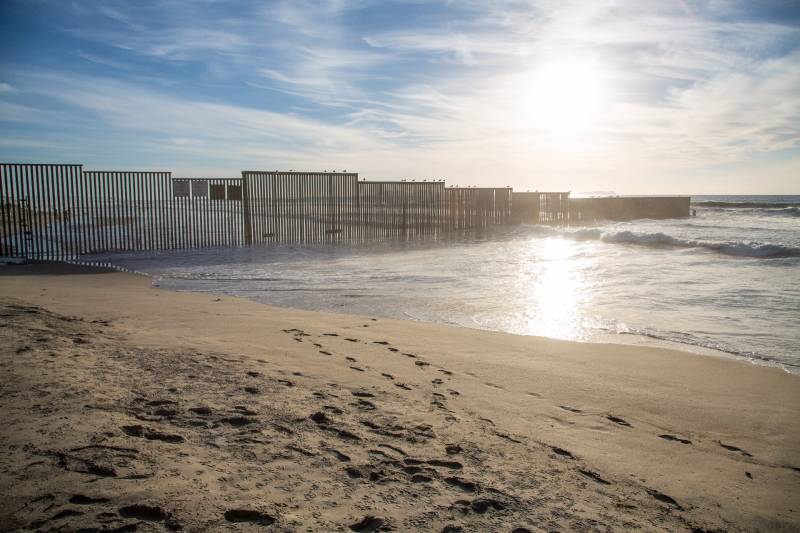The San Diego region will get $300 million in federal funding for a new U.S. facility to capture sewage spills from Mexico before they foul shorelines north of the border, according to a newspaper report Sunday.
Congressional leaders announced the funding in December, but it wasn’t clear whether the money would be distributed across the entire Southwest border or dedicated specifically to address pollution in the Tijuana River Valley just south of San Diego County, the Los Angeles Times reported.
Now officials believe most — if not all — of the money will be doled out in and around the San Diego area, thanks to language included in the overhaul of the North American Free Trade Agreement signed by President Trump on Jan. 29, the newspaper said.
“This is a huge, huge deal,” said Imperial Beach Mayor Serge Dedina.
